Drip Edge Flashing Machine
Get a Quote
Send us a message and we’ll get back to you shortly.
Drip Edge Flashing Roll Forming Machine Specifications
- weight 2500lbs
- size 18ft x 3 x 5ft
- power electric 240v three phase 60 Hz
- materials include galvanized, galvalume, aluminum and copper
- Speed 80ft minute
- 10 stands
- Electric shear
Drip Edge Flashing Roll Forming Machine Description
A Drip Edge Flashing Roll Forming Machine is a specialized piece of equipment used in the construction industry to manufacture drip edge flashing components. Drip edge flashing is a crucial part of a building's roofing system as it helps protect the edges of the roof and prevents water from seeping underneath the roofing materials. It also directs water away from the fascia and prevents it from causing damage to the structure.
Here's how a typical Drip Edge Flashing Roll Forming Machine works:
- Material Feeding: The machine typically starts with a roll of coil material, usually galvanized steel or aluminum, which is the raw material for the drip edge flashing.
- Roll Forming: The coil material is fed into the roll forming machine, where a series of rollers and dies gradually shape the material into the desired profile. The profile is specifically designed to create the drip edge flashing with the necessary features, such as a downturned edge to guide water away from the roof.
- Cutting: After the profile is formed, the machine includes a cutting mechanism that cuts the formed material into individual drip edge flashing pieces at the desired length.
- Bending and Folding: Depending on the design of the drip edge, the machine may have additional stations for bending or folding the edges to create the final shape.
- Stacking or Packaging: Once the individual drip edge flashing pieces are formed and cut, they can be stacked or packaged for transportation and distribution to construction sites.
These machines are typically automated and can produce drip edge flashing components with consistent quality and precision at a high production rate. They are commonly used by roofing and construction companies to streamline the manufacturing process and ensure the availability of the necessary components for roofing installations.
The specific features and capabilities of a Drip Edge Flashing Roll Forming Machine can vary depending on the manufacturer and model, but they are generally designed to be efficient, accurate, and reliable for producing drip edge flashing components for various roofing
Drip Edge Flashing Profile
Drip edge flashing profiles refer to the specific shapes or designs of the metal components used in roofing systems to provide protection and drainage along the edges of a roof. These profiles are essential for preventing water from seeping underneath roofing materials and directing it away from the building structure. Drip edge flashing profiles typically vary in their dimensions and shapes based on the specific requirements of a roofing project. Here are some common elements you might find in a drip edge flashing profile:
- Downward Bent Edge: The most defining feature of a drip edge flashing profile is the downward bent or downturned edge. This edge is designed to help direct water away from the roof's edge and into the gutter system, preventing water from running down the fascia board or causing damage to the structure.
- Nailing Flange: Drip edge flashing often includes a nailing flange, which provides a secure attachment point for fastening the flashing to the roof deck or sheathing. Proper installation ensures that the flashing remains in place and functions effectively.
- Kickout or Kickout Diverter: In some cases, a drip edge flashing profile may incorporate a kickout or kickout diverter, which is an extended section that helps direct water into the gutter system, preventing it from flowing down the side of the building.
- Flange Width and Length: The dimensions of the nailing flange and the overall length of the drip edge flashing can vary. The size of these elements depends on the specific roofing design and requirements of the project.
- Material and Finish: Drip edge flashing profiles are typically made from materials like galvanized steel, aluminum, or PVC. The choice of material can affect the durability and longevity of the flashing. They may also come in different finishes, such as bare metal, painted, or coated, to provide protection against corrosion and enhance aesthetics.
- Color Options: In addition to the basic profile design, some manufacturers offer drip edge flashing in a range of color options to match or complement the roofing material and overall building design.
Drip edge flashing profiles are crucial for maintaining the integrity of a roofing system by preventing water infiltration and protecting the underlying structure from water damage. The specific profile used in a roofing project can vary depending on factors like the roof's pitch, the type of roofing material used, local climate conditions, and architectural preferences. Proper installation of the drip edge flashing is essential to ensure its effectiveness in preventing water-related issues.
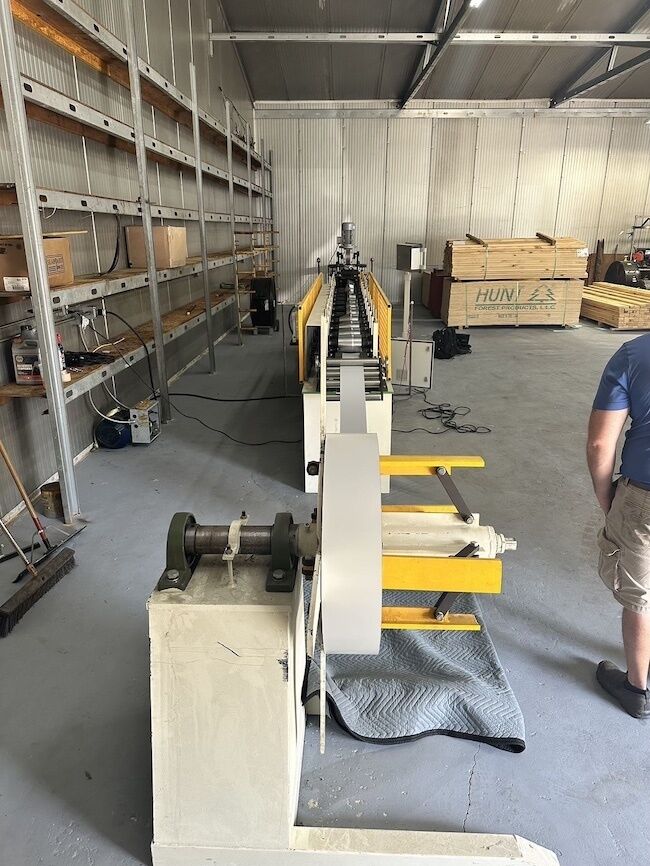

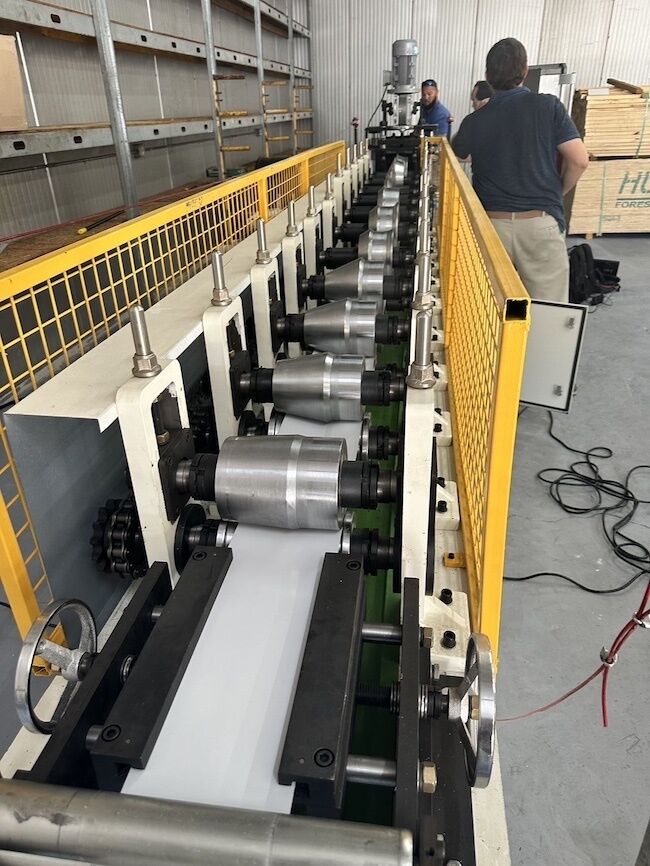
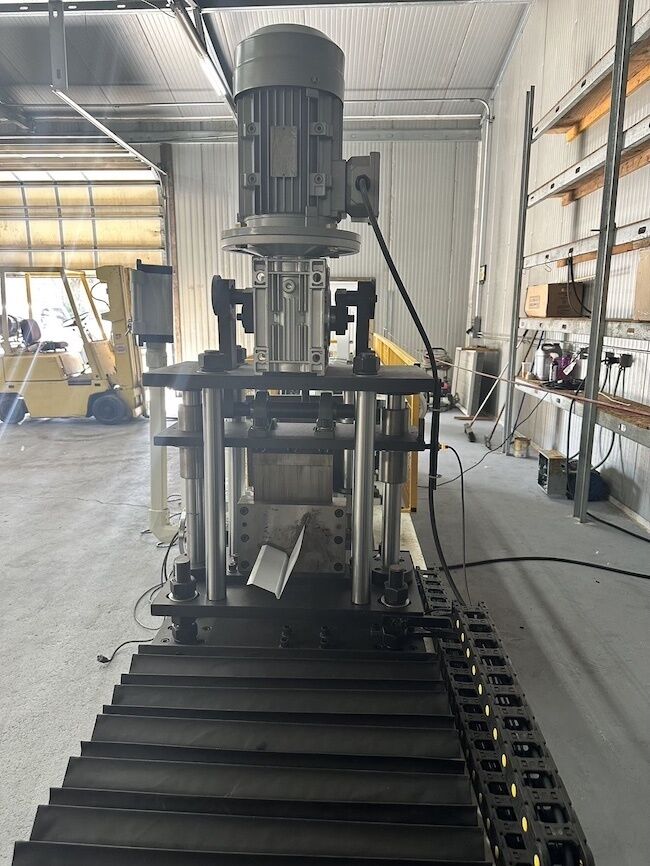
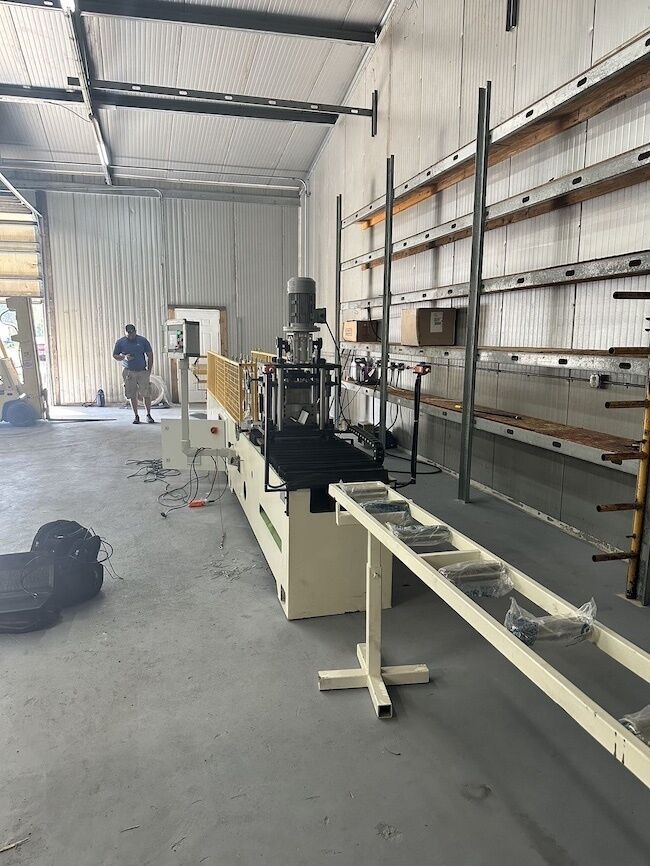
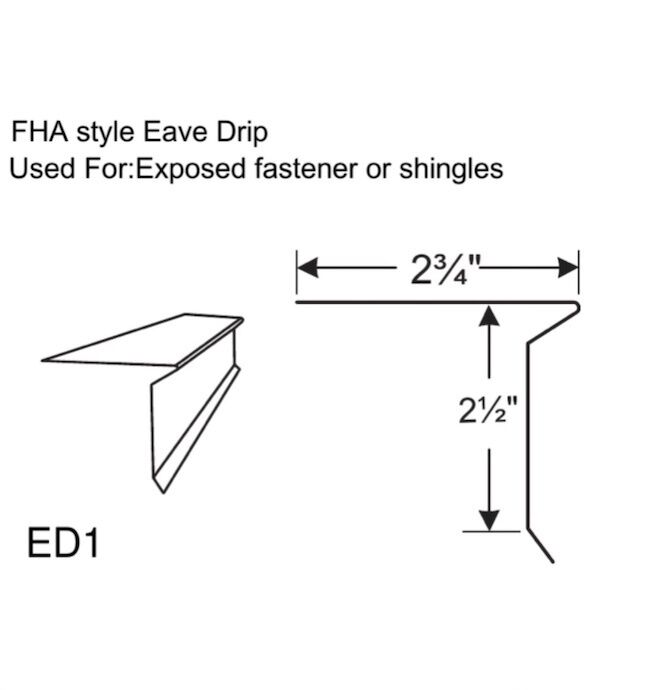
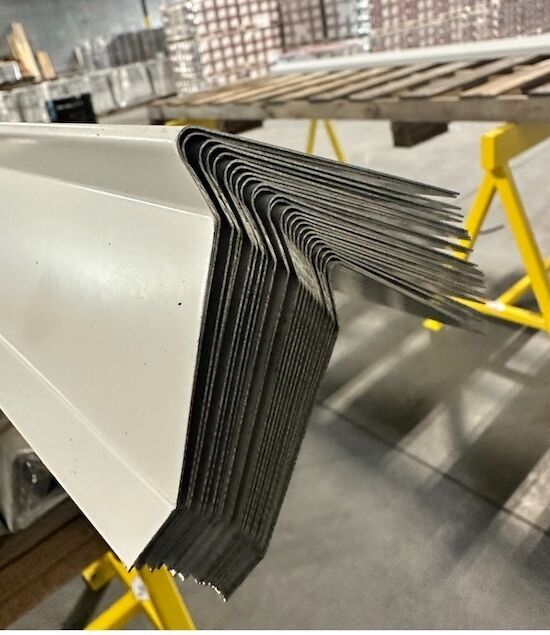
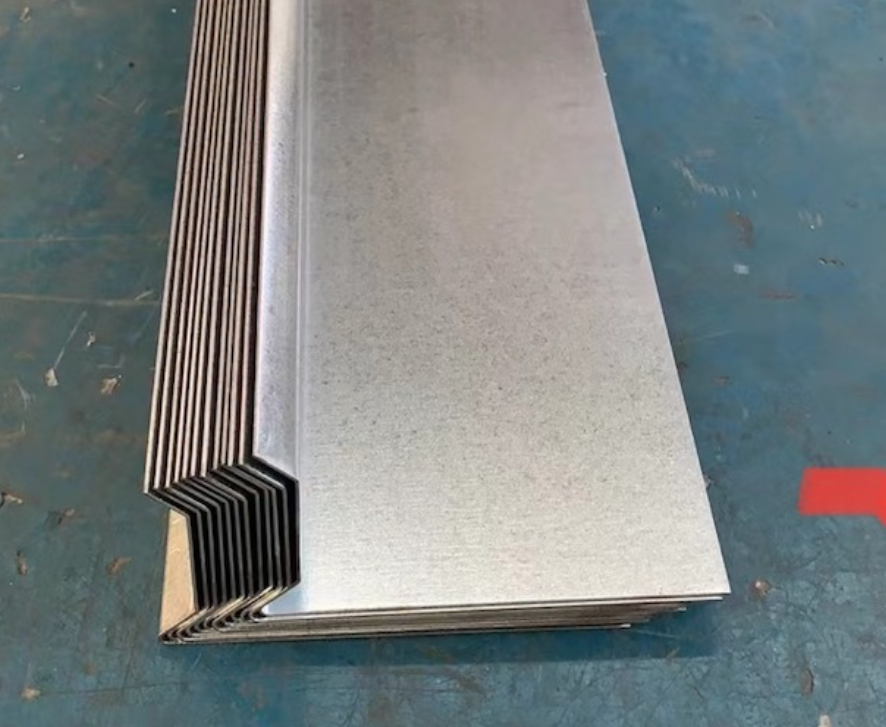
Roll Forming Machines LLC
10895 Rocket Blvd, Suite 120, Orlando, FL 32824, USA
Phone
(+1) (407) 859 1119
Email
[email protected]